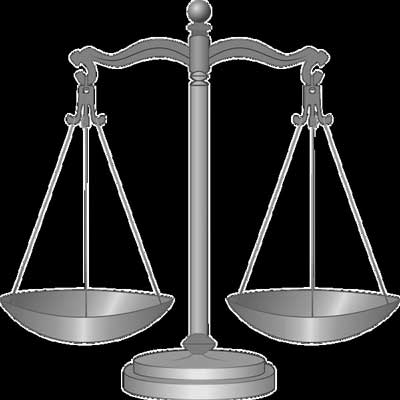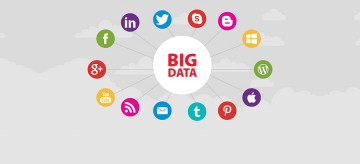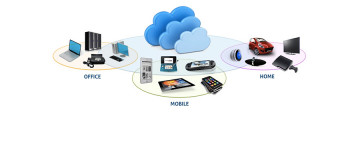- Advertising
- Bare Metal
- Bare Metal Cloud
- Benchmarks
- Big Data Benchmarks
- Big Data Experts Interviews
- Big Data Technologies
- Big Data Use Cases
- Big Data Week
- Cloud
- Data Lake as a Service
- Databases
- Dedicated Servers
- Disaster Recovery
- Features
- Fun
- GoTech World
- Hadoop
- Healthcare
- Industry Standards
- Insurance
- Linux
- News
- NoSQL
- Online Retail
- People of Bigstep
- Performance for Big Data Apps
- Press
- Press Corner
- Security
- Tech Trends
- Tutorial
- What is Big Data
4 Takeaways on Big Data We Can Glean from the 2016 US Presidential Campaigns

Waaaaay back in 2008, the first time Obama was elected, big data wasn’t even a buzzword. It was more like a dark art form. The concept of dealing in terms of petabytes and exabytes of data confounded most people, who were still quite convinced that gigabytes and terabytes were a lot of data. How cute. Yet big data was a strong reason for Obama’s success, and even more so in the much closer election against Mitt Romney in 2012.
This time around, big data isn’t new to anybody. While all of the camps keep the exact nature of their big data initiatives under close guard, all of them have brought data scientists on board their campaigns and are actively using data to determine who’s solidly on their side, who’s sitting on the fence, and who probably isn’t even worth ad dollars to try and recruit.
Using big data for an election campaign really isn’t that much different than using it for any other marketing purpose. Obama’s 2012 campaign headed back to Capitol Hill convinced that they knew the precise identities of each of the 69,456,897 voters responsible for sending him (back) there. What are the takeaways as we barrel toward the bloodbath that is sure to characterize the 2016 election?
1. Balancing Analytical Information with Common Sense

As Ted Cruz’s campaign manager aptly pointed out, using big data for campaigning is unchartered territory. For example, Romney’s campaign did employ data analytics during the 2012 election cycle, but they failed to balance the analytical data with good, common sense, which led them to under-spending and under-campaigning, and likely cost them the election. This time around, look for candidates to be wiser—balancing the data with some common horse sense (though no comments are made regarding which one might be a horse or which end of the horse they might represent).
2. Determining Where, How, with Whom to Spend the Money
Just like in marketing, there are loyal constituents that it’s pretty useless to spend a lot on, because they’re going to vote for you regardless of anything. Candidates should speak to them, certainly, and “reward” them with messages that appeal to them, but not much else. Then there are those on the fence; these are where you spend your dollars and sweat. The key is finding out who these people are and developing messages tailored to their wants, needs, and passions. Finally, there are those who will vote against you, no matter what you say or do. Don’t even bother.
3. Finding Out How (and If) Candidates Can Sway Voters

While most of us like to think of ourselves as unique individuals, we are actually more like cookie-cutter patterns than we want to admit. Candidates need to identify who the 20-something college-and-career folks are voting for, who the 30-something soccer moms and entrepreneurs are behind, and who the age 40-50 professionals and homeowners are apt to support. Then they develop a plan catered to each of their target constituents, and use the data to determine where to place those messages.
4. Using Social Media as a Listening Tool
Obviously, social media gives campaigns some of the most powerful data available. Here is where people openly and freely express their interests, passions, affiliations, and associations. As it happens, the kind of car you drive, soft drink you prefer, TV shows you watch, music you listen to, and whether you buy that music on CDs, listen on commercial radio or stream through a service—all these little personal propensities can actually tell campaigns who you’re most likely to vote for.
This is how the candidates are using big data—what is your data doing for you? Whatever your plans are, Bigstep can help. From strong, reliable, secure cloud storage to high-performance data processing, we’re on your side. Learn more about us today.
Readers also enjoyed:

Big Data & Social Media


Leave a Reply
Your email address will not be published.